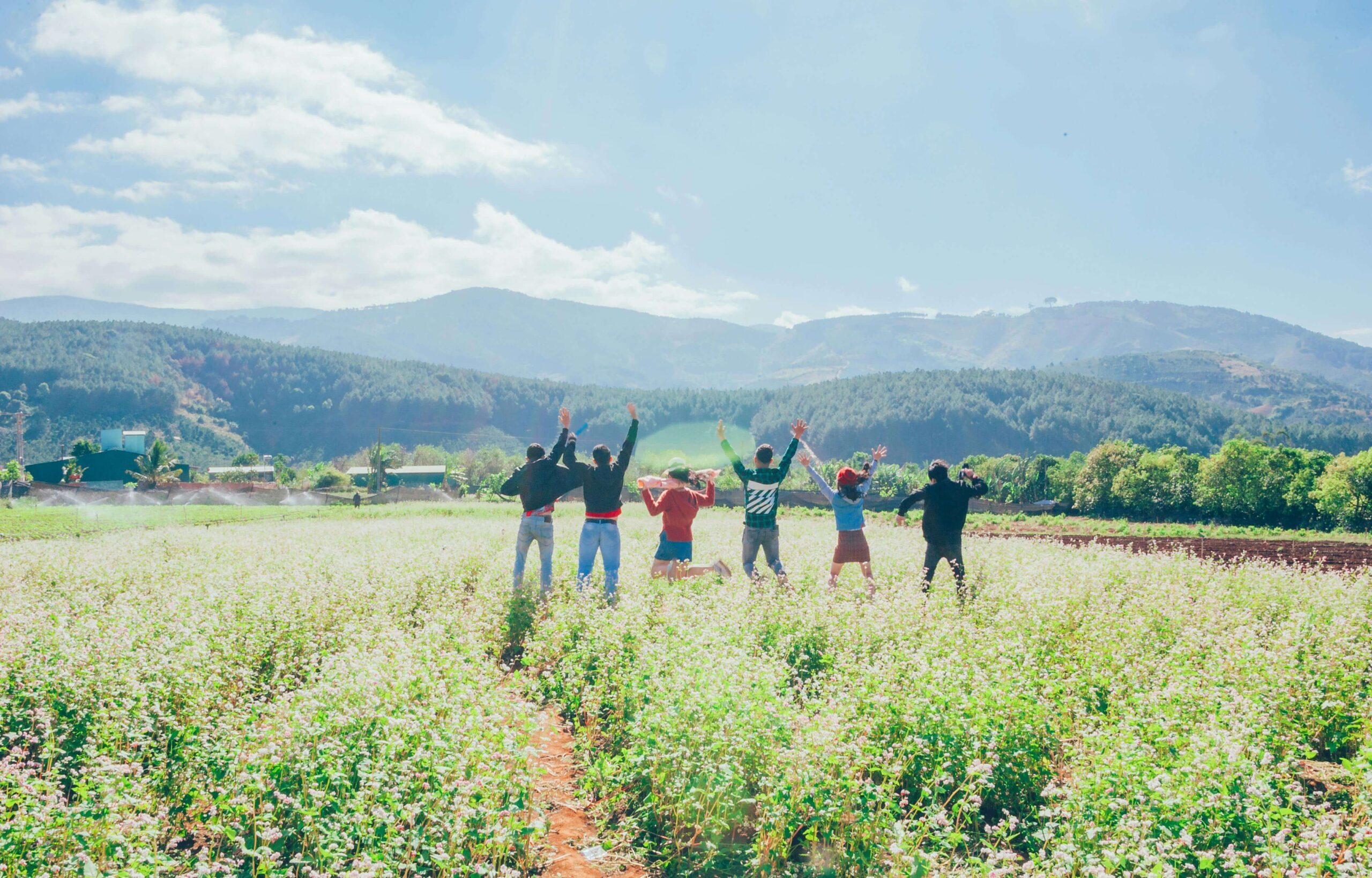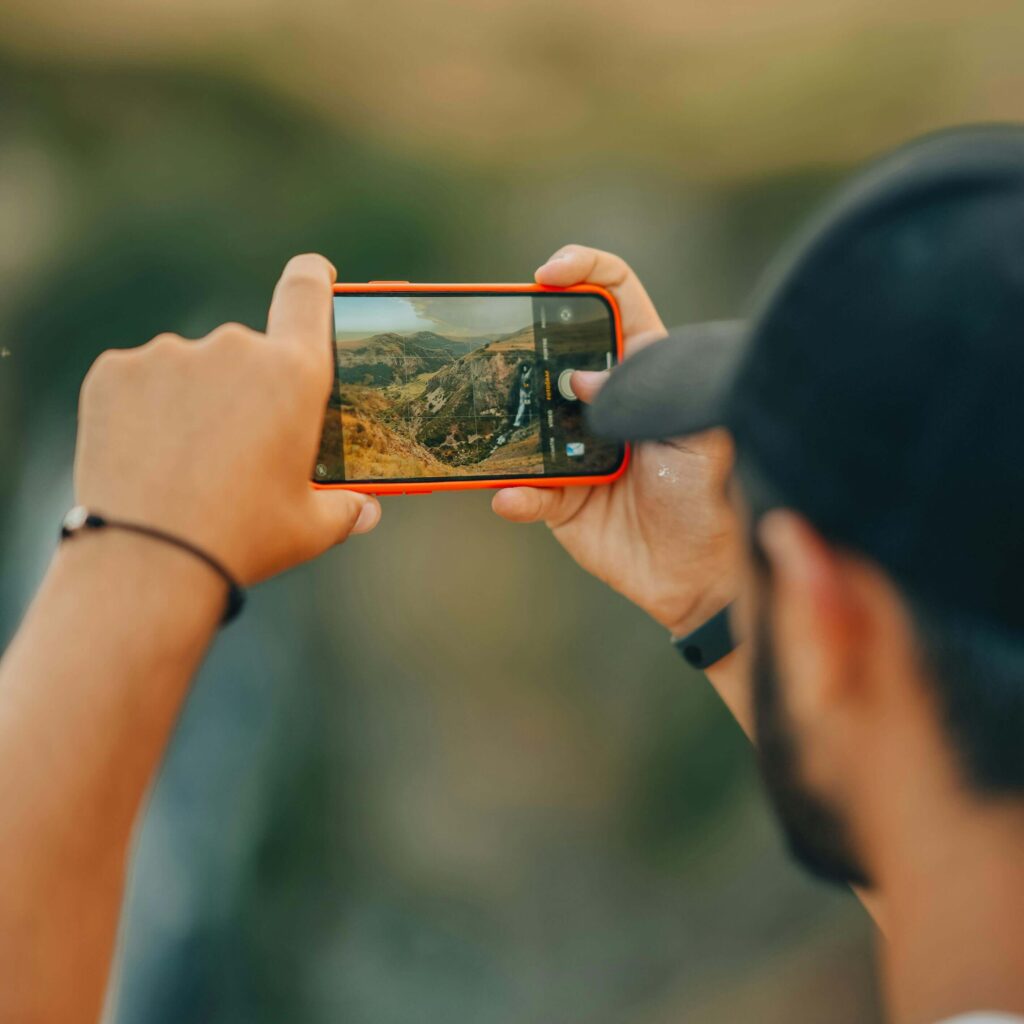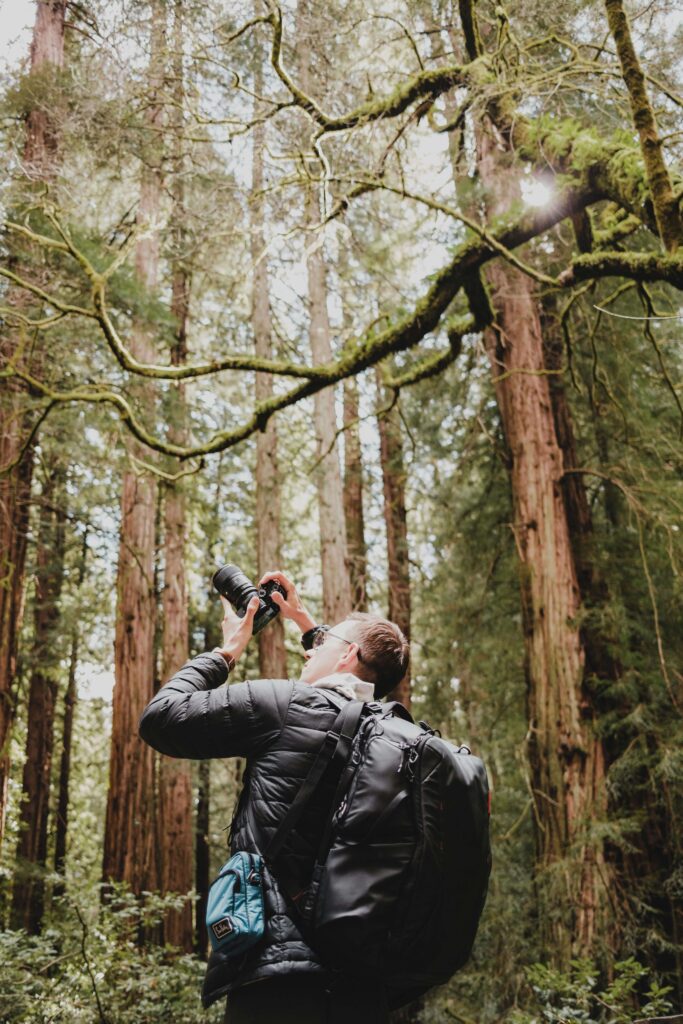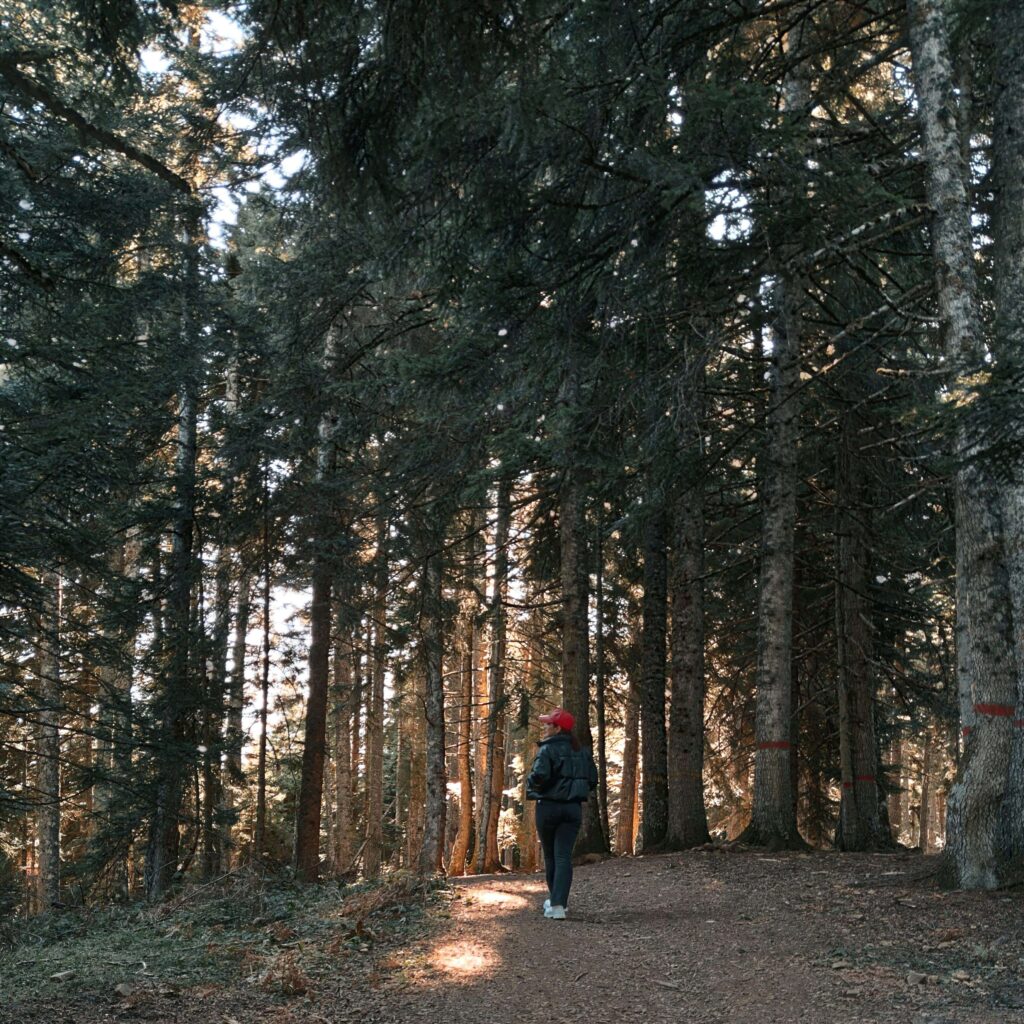From Trail to Wall: Creative Ways to Capture Your Outdoor Memories

You know that feeling when you’re standing on a mountain peak, breathing in the crisp air, watching the world stretch out below you? It’s pure magic. But fast-forward a few months, and you’re scrolling through your phone trying to find that perfect sunset shot, buried somewhere between grocery lists and random screenshots. Sound familiar?
Most of our outdoor adventures end up as digital ghosts—stored but never really seen again. We take hundreds of photos but rarely do anything meaningful with them. If you’re ready to transform those forgotten memories into something tangible and inspiring, you’ve come to the right place.
Beyond the Basic Photo Album
Let’s be honest: the traditional photo album doesn’t cut it for outdoor memories. Sure, it worked for our parents’ vacation snapshots, but outdoor adventures are different. They’re multi-sensory experiences filled with sounds, smells, challenges, and emotions that a simple chronological photo sequence just can’t capture.
The problem isn’t that we don’t take enough photos—it’s that we’re not preserving the full story. When you think about your favorite outdoor memory, it’s probably not just about what you saw. It’s about who you were with, how you felt, what you overcame, and maybe even what you learned about yourself along the way.
That’s where creative memory-keeping comes in. Instead of just storing images, we’re talking about creating experiences that transport you back to that moment every time you encounter them.
Digital-First Approaches That Actually Work
If you’re going to start somewhere, start with organizing what you already have. But don’t just dump everything into folders by date—that’s where memories go to die. Instead, create themed collections that tell stories.
Consider making dedicated photo books for significant trips or seasons. These aren’t just random collections of pictures; they’re curated narratives of your adventures. Add captions that capture not just what happened, but how it felt. Include details about the weather, the people you met, or the challenge you overcame.
One approach that’s been game-changing for many outdoor enthusiasts is turning favorite shots into functional art through Mixbook custom-made calendars. Instead of your adventures gathering digital dust, they become part of your daily life. Every month brings a new memory to the forefront, and there’s something powerful about seeing your summit success while planning your morning coffee.
Digital galleries with story elements work particularly well when you add context that photos alone can’t provide. Use apps that automatically capture weather conditions, elevation data, and exact locations. Future you will thank present you for these details.
Quick wins for digital organization:
- Sort by adventure type, not just date
- Add voice memos while memories are fresh
- Create separate albums for different outdoor activities
- Include “failure” photos—they often tell the best stories
Physical Displays That Tell Your Story

Here’s where things get fun. Your living room shouldn’t just show where you’ve been comfortable—it should show where you’ve been alive.
Map-based displays create incredible conversation starters and personal motivation. Get a large map of your region (or the world, if you’re ambitious) and mark your adventures with pins, photos, or small mementos. Watching your explored territory grow over time becomes its own adventure.
Adventure walls work differently than typical gallery walls. Instead of perfectly coordinated frames, think about creating a dynamic display that can grow and change. Mix photos with trail maps, elevation profiles, and even weather reports from significant days. The goal isn’t Instagram-perfect aesthetics—it’s storytelling.
For planning your next adventures, resources like The Wild Guides can help you discover new trails and experiences to add to your collection. But the real magic happens when you start connecting past adventures with future possibilities on your display.
Shadow boxes work beautifully for combining photos with three-dimensional mementos. That interesting rock from your first solo hike, the flower you pressed from a memorable meadow, or even a small piece of bark from the tree you ate lunch under—these physical connections to place create powerful memory triggers.
Consider seasonal rotation displays too. Instead of cramming everything into one space, rotate your displays based on the season or your current outdoor focus. It keeps your space fresh and gives different memories their moment to shine.
Creative Keepsakes Beyond Photos

Sometimes the most powerful memory triggers aren’t visual at all. Trail journals that combine sketches, pressed flowers, ticket stubs, and written reflections create rich, multi-sensory memory books that photos alone can’t match.
Pressed flowers and leaves might seem old-fashioned, but they’re incredibly effective at preserving the essence of a place. That vibrant wildflower from your alpine hike will bring back the entire day every time you see it. The key is labeling them with location, date, and a brief note about the experience.
Rock and shell collections tell geological stories about the places you’ve been. But instead of just collecting, create displays that educate. Include small cards with information about the rock type, how it was formed, or what it reveals about the area’s history. For coastal adventures, Ocean Conservancy offers great resources for understanding and protecting the marine environments you’re exploring.
GPS coordinate art and custom maps are becoming increasingly popular for good reason. Having the exact coordinates of your proposal site, your first summit, or your favorite camping spot turned into minimalist art creates a deeply personal piece that only you fully understand.
Unconventional memory triggers:
- Save ticket stubs from park entrances
- Collect postcards from visitor centers
- Keep gear tags from memorable adventures
- Document weather conditions and companions
- Record the playlist you listened to on long drives
Making It Sustainable (Not Just a One-Time Thing)

The best outdoor memory system is the one you’ll actually use six months from now. That means building habits, not just creating projects.
Start with simple systems that don’t require major time investments. Maybe it’s taking one extra minute after each adventure to voice-record your thoughts. Or perhaps it’s designating one evening per month to process and organize your recent experiences.
Get your adventure partners involved. Share the responsibility of memory-keeping, and you’ll all benefit. One person might be the designated photographer, another the journal-keeper, and someone else the collector of mementos.
Seasonal review sessions work well for many people. At the end of each season, spend an hour going through your adventures, selecting the best memories for your displays, and planning how to capture experiences differently in the coming season.
Conclusion
Your outdoor memories are investments in future happiness. They’re proof of your courage, reminders of your capabilities, and fuel for your next adventures. The goal isn’t to create perfect presentations—it’s to create meaningful connections between your adventures and your daily life.
Start small, be consistent, and remember that the best memory-keeping system is the one that brings you joy, not stress. Whether you choose digital galleries, physical displays, or creative keepsakes, the important thing is that you’re actively preserving the experiences that make you who you are.
Your future self—the one who needs inspiration for the next adventure—will thank you for taking the time to capture these moments properly. After all, life’s too short for boring walls and forgotten photos.
